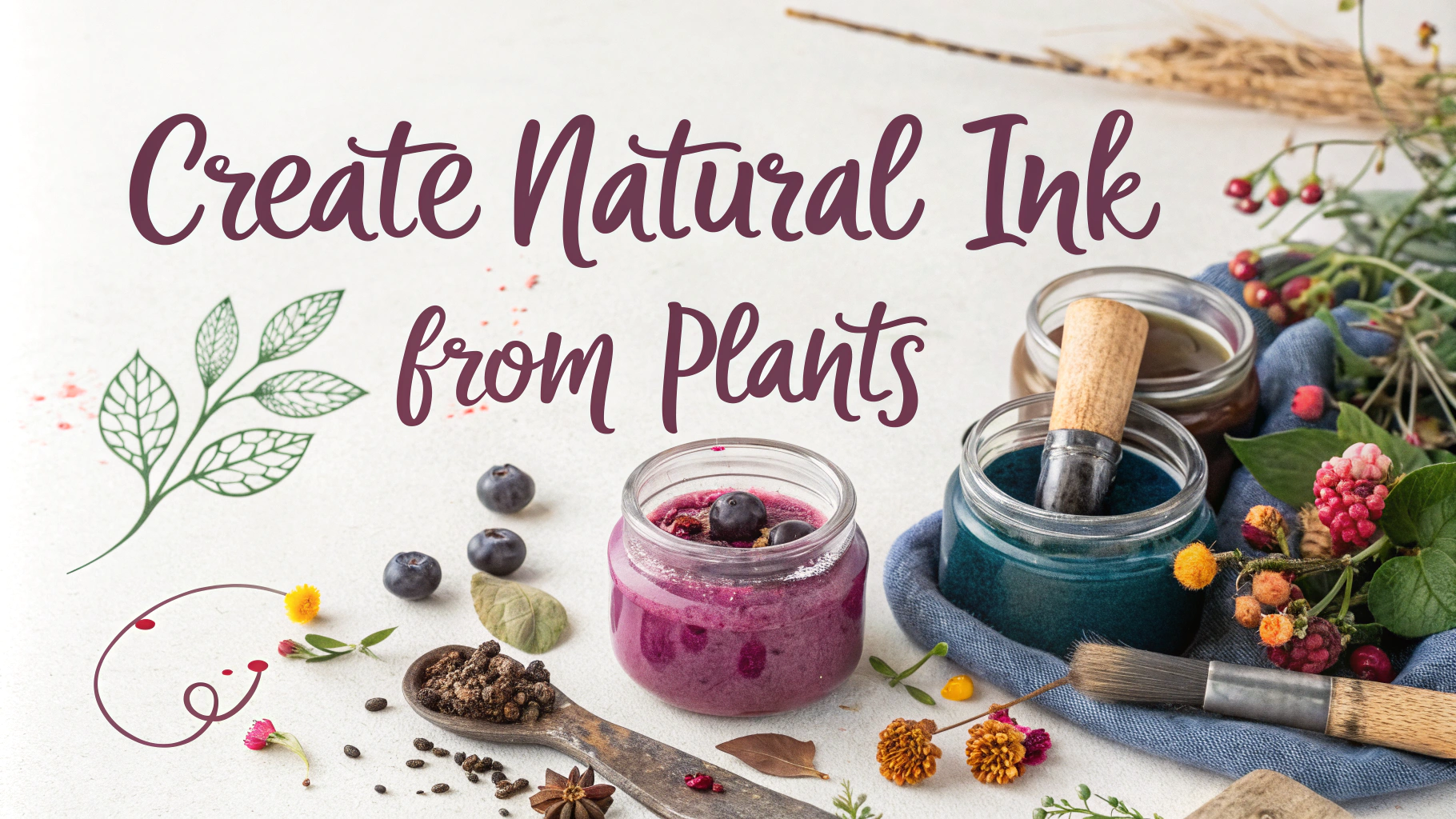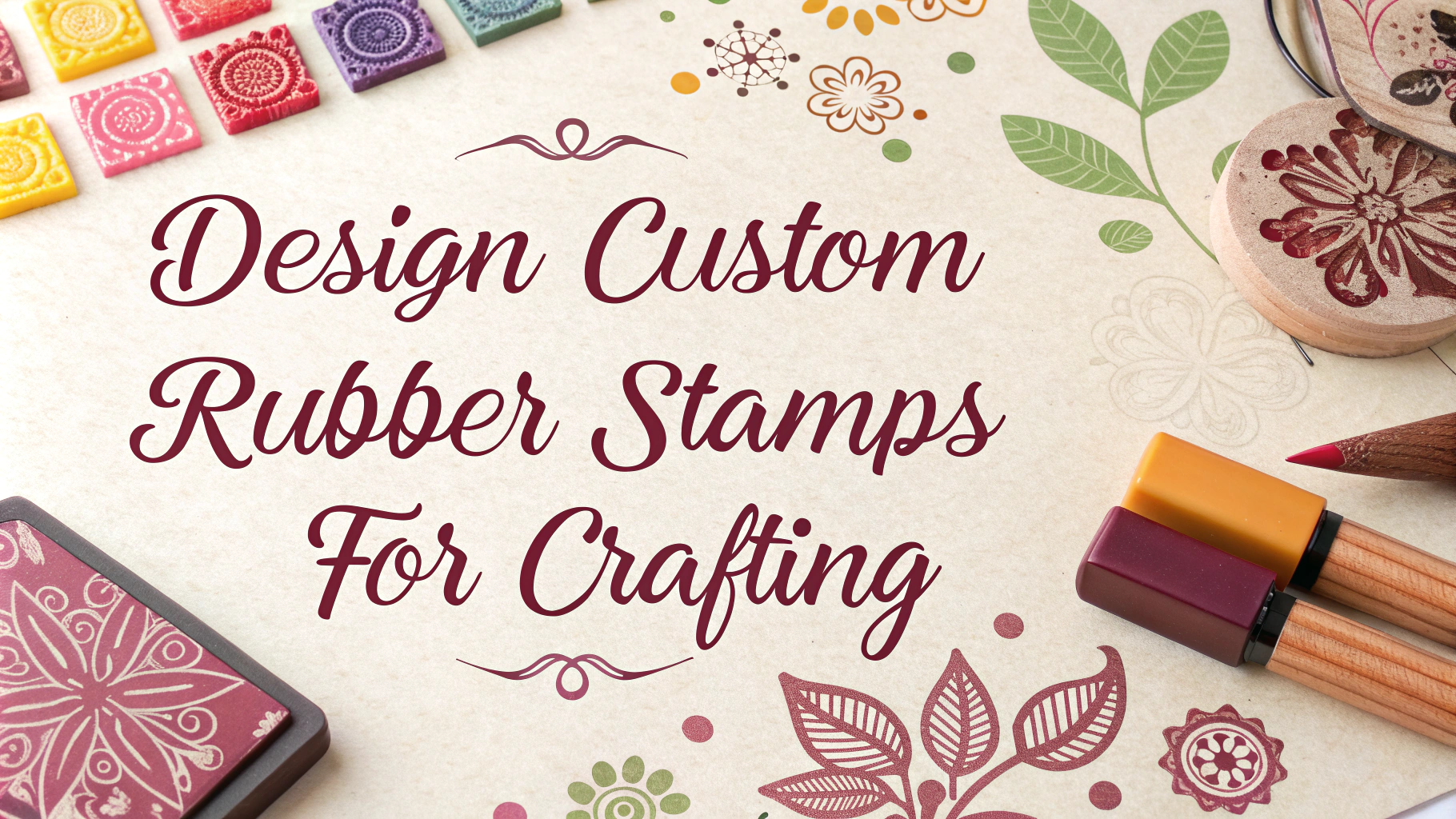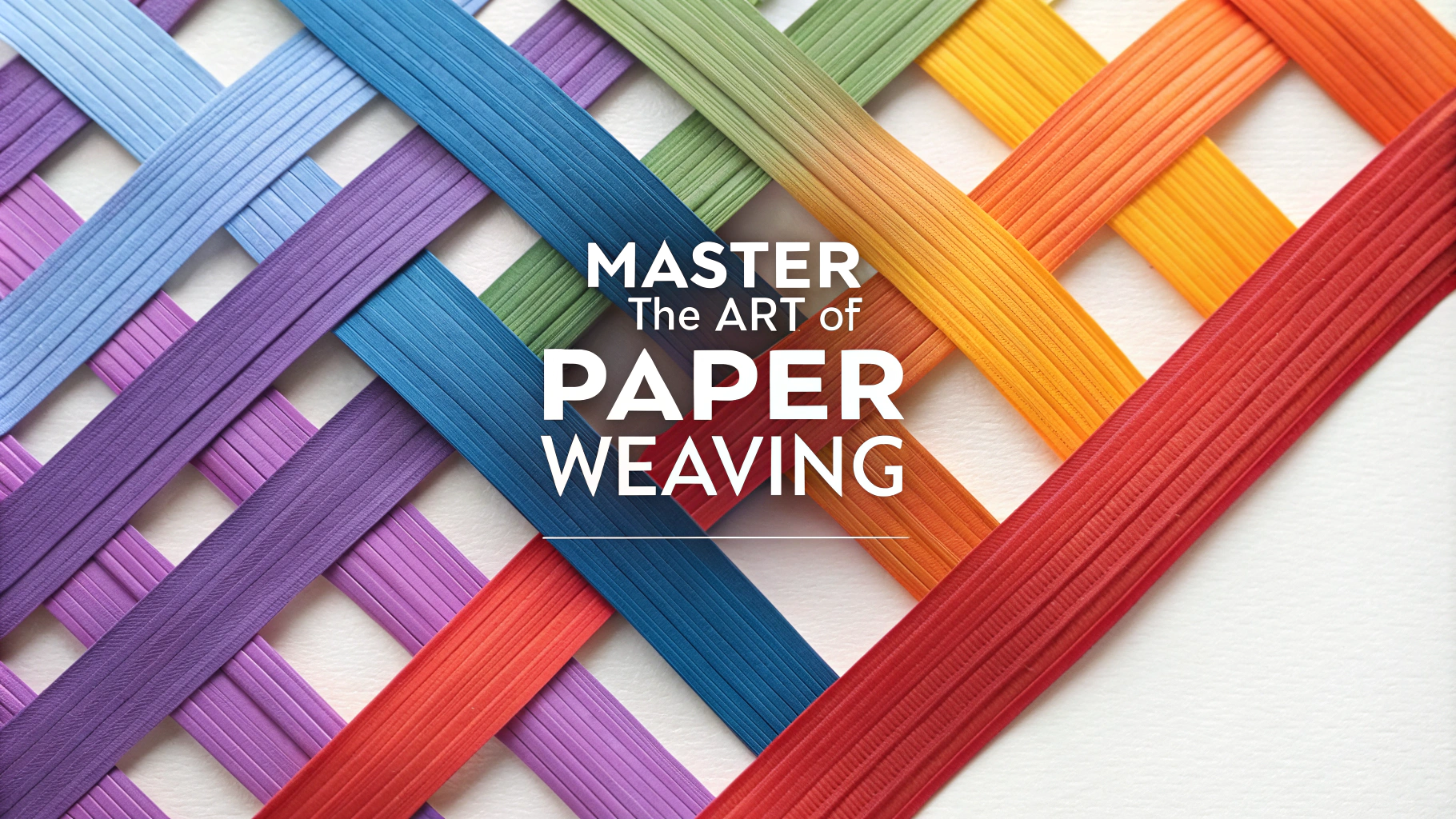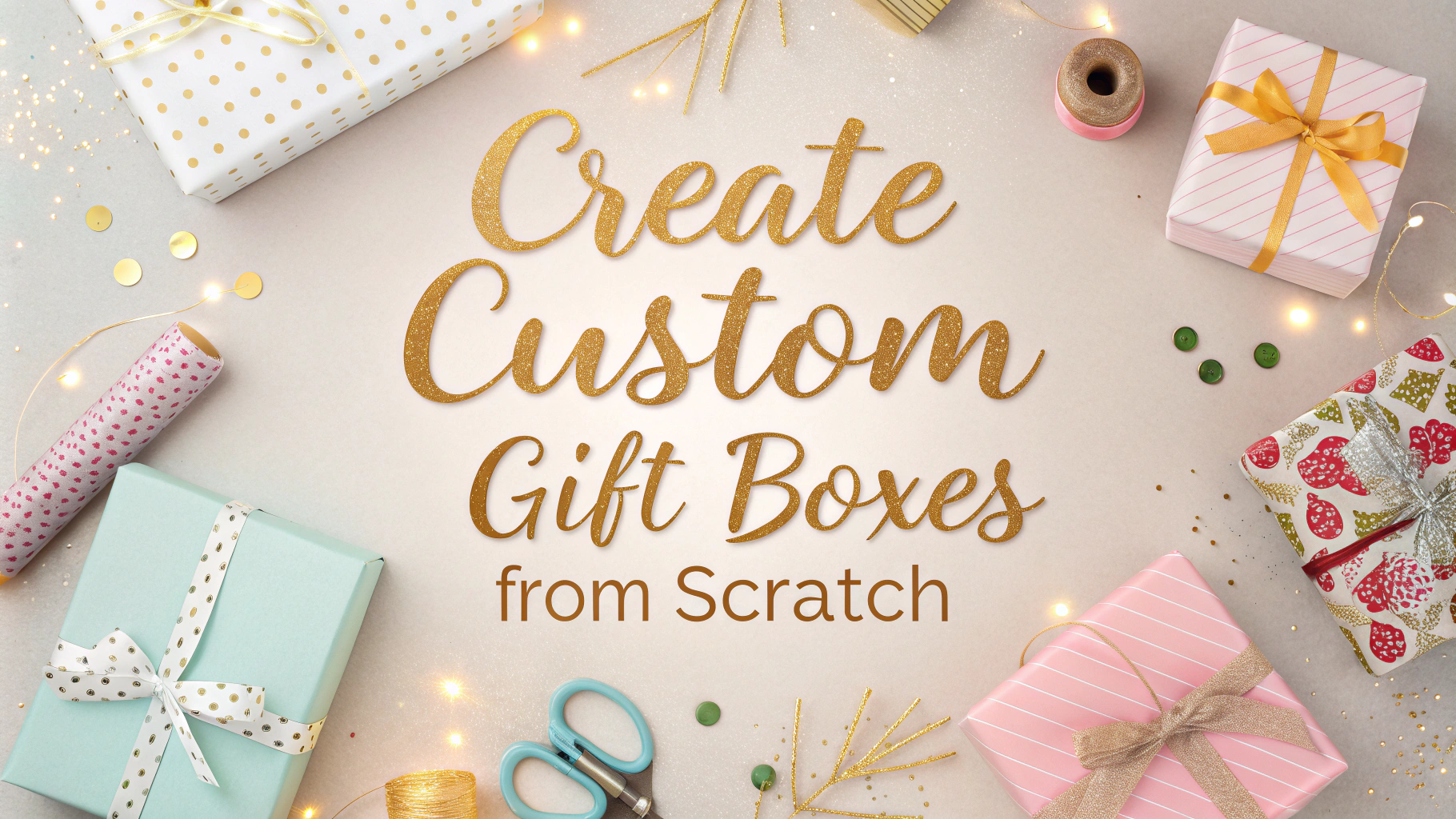Air-dry clay offers endless creative possibilities for children without requiring special equipment or kiln firing.
Simple Air-Dry Clay Projects for Kids
- Clay Handprint Keepsakes – Press child’s hand into flattened clay, cut around it, add date and decorative elements
- Animal Figures – Roll basic shapes to create favorite pets and wildlife
- Pinch Pots – Form small bowls by pressing thumbs into clay balls
- Leaf Impressions – Press real leaves into clay slabs to create nature-inspired decorations
- Name Plates – Roll out clay, cut letters or write names with tools
- Beads & Jewelry – Roll small balls, pierce holes, paint after drying
- Dinosaur Fossils – Press plastic dinosaurs into clay to create imprints
- Mini Plant Pots – Form small containers for succulents or air plants
- Holiday Ornaments – Create seasonal decorations with cookie cutters
- Picture Frames – Design custom frames with rolled clay coils
Essential Materials
- Air-dry clay (brands like Crayola Model Magic or DAS)
- Rolling pin or smooth bottle
- Plastic tools or wooden craft sticks
- Cookie cutters
- Wax paper or non-stick mat
- Water for smoothing
- Acrylic paints and brushes
- Clear sealant (optional)
Tips for Success
Store unused clay in airtight containers or plastic wrap to prevent drying.
Work on a non-stick surface like wax paper or a silicone mat.
Allow projects to dry completely for 24-72 hours, depending on thickness.
Paint designs after clay has fully dried to prevent cracking.
Seal finished pieces with clear acrylic spray for durability.
Safety Considerations
- Supervise young children during clay activities
- Wash hands after handling clay
- Keep clay away from mouth and eyes
- Use child-safe tools and materials
Recommended Age Groups
| Age | Suitable Projects |
|---|---|
| 2-4 years | Simple handprints, basic shapes |
| 5-7 years | Pinch pots, animal figures |
| 8+ years | Detailed sculptures, jewelry making |
For more craft ideas and supplies, visit local art stores like Michaels (www.michaels.com) or Joann Fabrics (www.joann.com).
Working with Air-Dry Clay
Basic Techniques
- Knead clay until soft and pliable before starting projects
- Roll clay to even thickness using guide sticks
- Smooth joints and seams with water and fingers
- Score surfaces before joining pieces together
- Keep tools clean and dry between uses
Troubleshooting Common Issues
- Cracking – Add water while working, ensure even drying
- Sticking – Use cornstarch or talcum powder on work surface
- Uneven Drying – Rotate pieces during drying process
- Air Bubbles – Wedge clay thoroughly before use
- Breaking – Maintain consistent thickness throughout piece
Decorative Techniques
Surface Treatments
- Texture with household items (lace, buttons, textured rollers)
- Create patterns using rubber stamps
- Add details with toothpicks or pencils
- Embed small objects for mixed media effects
Conclusion
Air-dry clay provides an accessible medium for creative expression and skill development in children. Through these projects, kids can enhance fine motor skills, spatial awareness, and artistic confidence while creating lasting keepsakes.
Remember to document projects with photos and dates to track artistic growth. Consider creating a display area for finished pieces to celebrate children’s creativity and achievements.
FAQs
1. What exactly is air-dry clay and how does it differ from regular clay?
Air-dry clay is a natural clay compound that hardens when exposed to air, eliminating the need for kiln firing. It’s made from natural clay minerals, water, and other organic materials that allow it to cure at room temperature.
2. How long does air-dry clay take to dry completely?
Most air-dry clay projects take 24-72 hours to dry completely, depending on the thickness of the piece and environmental conditions like humidity and temperature.
3. Is air-dry clay safe for children to use?
Air-dry clay is non-toxic and safe for children to use under supervision. However, children should wash their hands after use and avoid ingesting the clay.
4. Can air-dry clay be painted or decorated?
Yes, once completely dry, air-dry clay can be painted with acrylic paints, decorated with markers, or sealed with varnish. It’s best to wait until the clay is fully dry before adding any decorative elements.
5. What’s the best way to store unused air-dry clay?
Unused air-dry clay should be stored in an airtight container or sealed plastic bag to prevent drying. Adding a damp sponge in the container (not touching the clay) can help maintain moisture.
6. Can air-dry clay projects be made waterproof?
While air-dry clay is naturally porous, projects can be made water-resistant by applying multiple coats of waterproof sealant or varnish after the clay has completely dried.
7. What tools do you need for air-dry clay projects with kids?
Basic tools include a rolling pin, plastic cutting tools, cookie cutters, modeling tools, a work surface mat, and water for smoothing. Most household items can serve as tools.
8. What causes air-dry clay to crack while drying?
Cracks typically occur when the clay dries too quickly or unevenly. To prevent cracking, dry pieces slowly and evenly, away from direct heat or sunlight, and keep them at consistent room temperature.
9. Can broken air-dry clay pieces be repaired?
Yes, broken pieces can be repaired using white craft glue or slip (clay mixed with water to create a paste). However, joints may remain visible and won’t be as strong as the original piece.
10. What’s the best work surface for air-dry clay projects?
A non-stick mat, wax paper, or plastic sheet works best. The surface should be smooth and non-porous to prevent the clay from sticking and allow easy cleanup.









